Reducing Food System Emissions: Strategy Report
Summary
- What are food system emissions? Currently, food system emissions account for 21-37% of global greenhouse gas emissions. Significant sources of food system emissions include livestock emissions, crop emissions, land use change, and food loss and waste. Even if we eliminate all fossil fuel emissions, current trends in food emissions will make it impossible to keep warming below 1.5°C.
- What do we think are the most promising philanthropic pathways for reducing food system emissions? We believe the most promising philanthropic pathway to cut food system emissions is by reducing livestock farming, especially for ruminants like cattle, which need a lot of land and produce methane. Nonprofits can enable reduced livestock emissions by advocating for strategies that increase consumer demand for lower-emissions products like alternative proteins or encourage producers to switch to lower-emissions livestock farming practices. We think this would result in 1) fewer direct and land use change emissions and 2) more carbon removal activities on freed-up agricultural land. We think government and corporate advocacy provide the highest leverage for reducing agricultural emissions. Specifically, based on our assessment of scale, feasibility, and funding need, we assessed alternative protein policy advocacy, implementing alternative protein demand commitments, pricing European agricultural emissions, and reducing enteric methane emissions as the most promising philanthropic sub-strategies.
- Is there room for more funding? Food and agriculture make up just 8% of philanthropic spending for climate mitigation but result in 21-37% of global emissions. Within this 8%, we think funding is likely to be dominated by regenerative agriculture initiatives, including activities that are not focused on climate change. We think the climate impact of livestock farming is especially neglected, partly due to the expected challenge of going against large agribusiness corporations.
- Are there major co-benefits or adverse effects? Transitioning away from livestock farming offers co-benefits such as reductions in agricultural land and water use, strengthened biosecurity, strengthened food security, reductions in animal suffering, and benefits for global health. Reducing enteric methane emissions would also lead to the co-benefit of improved local air quality. At the same time, livestock farmers’ livelihoods are likely to be negatively impacted if insufficient transition assistance is provided and certain enteric methane interventions could negatively impact livestock animal welfare.
- Key uncertainties and open questions: Our key uncertainties include the extent to which alt proteins can compete with conventional meat and reduce emissions, the scalability of cultivated meat, the realistic mitigation potential of enteric methane interventions, the risk that mainstreaming enteric methane mitigation leads to slower mitigation of overall agricultural emissions, and the feasibility of passing EU regulations that lead to large-scale emission reductions.
- Bottom line / next steps: We think it is important to direct more philanthropic funding towards mitigating food system emissions. We found that livestock emissions have a disproportionately large role in agricultural emissions and their mitigation efforts are also comparatively neglected. We think reducing demand for carbon-intensive livestock products and decreasing enteric methane emissions are the most promising pathways to reduce food system emissions. We will consider making grants to organizations working on these topics.
This report was last updated in October 2024.
Support Our Work
Giving Green Fund
One fund. Global impact. One hundred percent of your gift supports a portfolio of high-impact climate organizations, vetted by our research.
Best for:
Donors who want the simplest way to impact multiple climate solutions.
Top Climate Nonprofits
Meet the organizations on Giving Green’s list of high-impact nonprofits working to decarbonize our future, identified through our rigorous research.
Best for:
Donors who want to give directly and independently.
Support Our Work
We thoroughly research climate initiatives so you can give with confidence. For every $1 we receive, our work unlocks another $21 for effective climate solutions.
Best for:
Donors who want to amplify their impact through research.
.png)

.png)
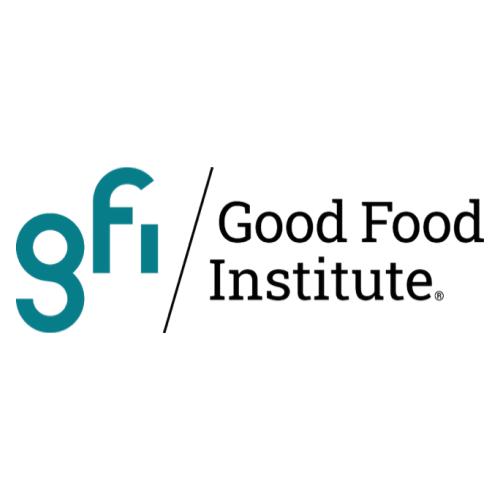

.png)
.png)
.jpg)
.png)



.png)




.png)


.png)
.png)
.png)



.png)
.png)
.png)
.png)
.png)

.png)



.png)


.png)


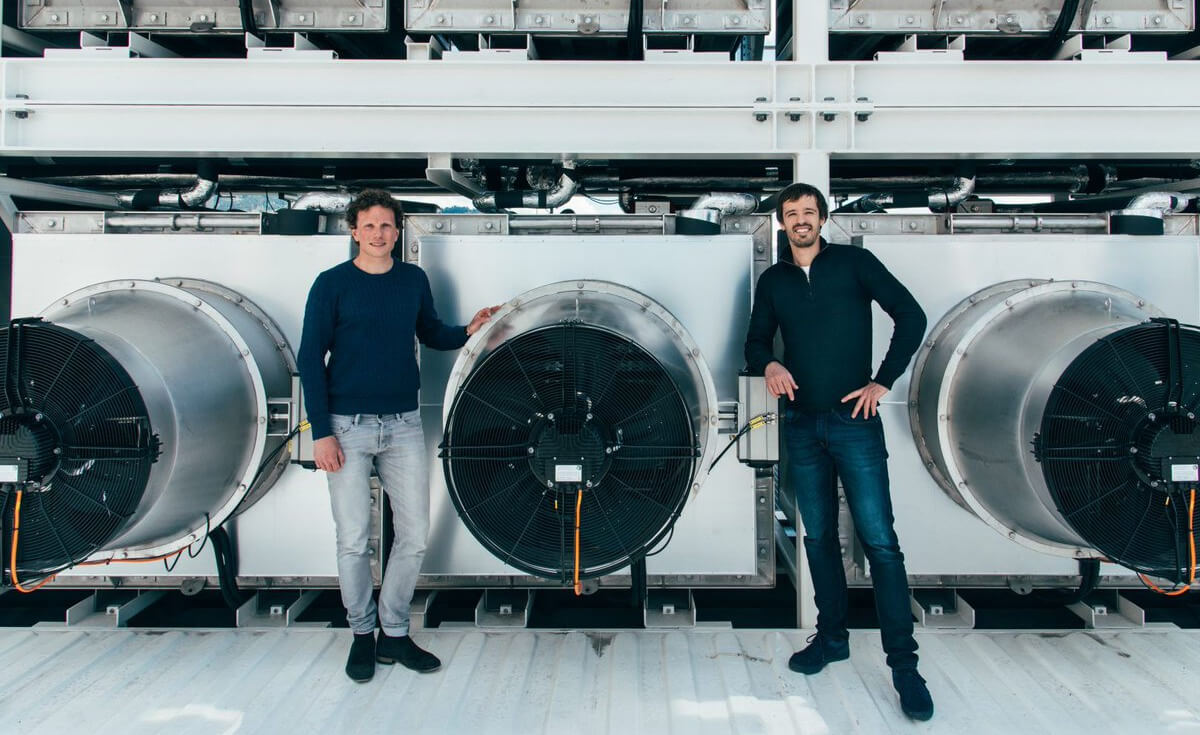


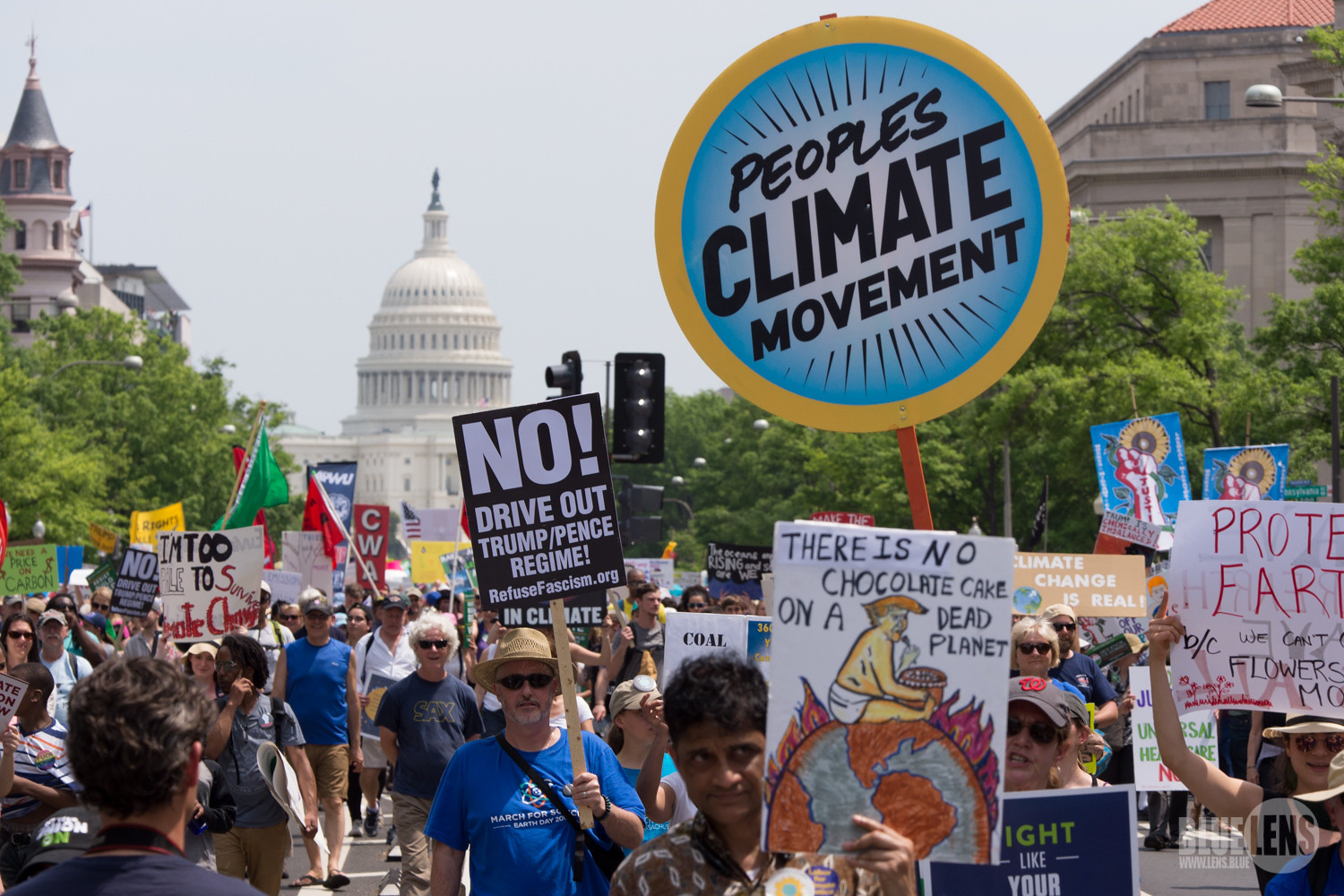


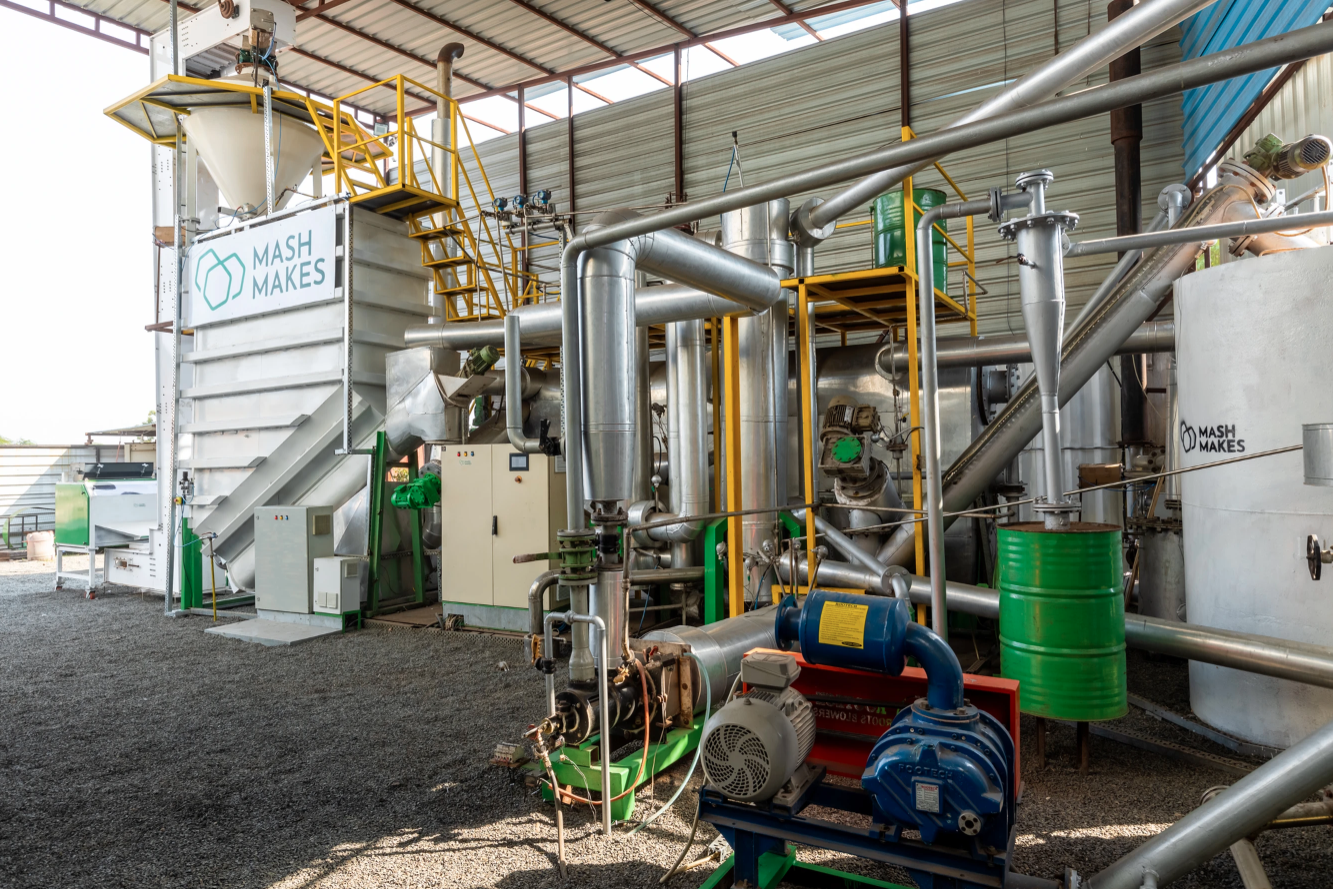

.png)


.png)
.png)
.png)





.png)
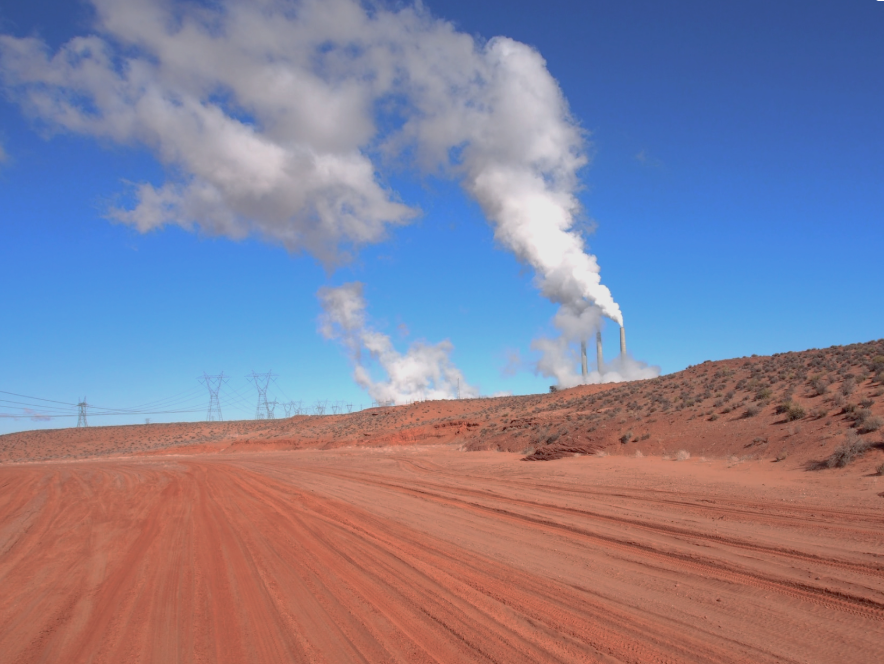
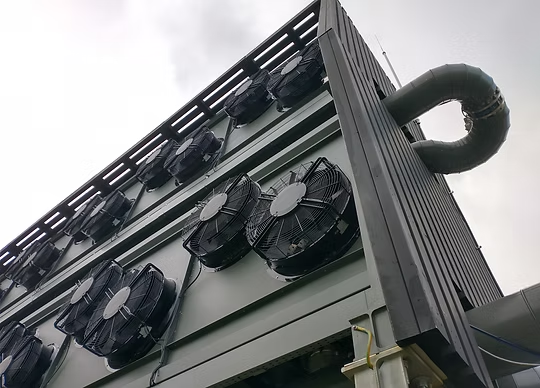

.png)



.png)
.png)

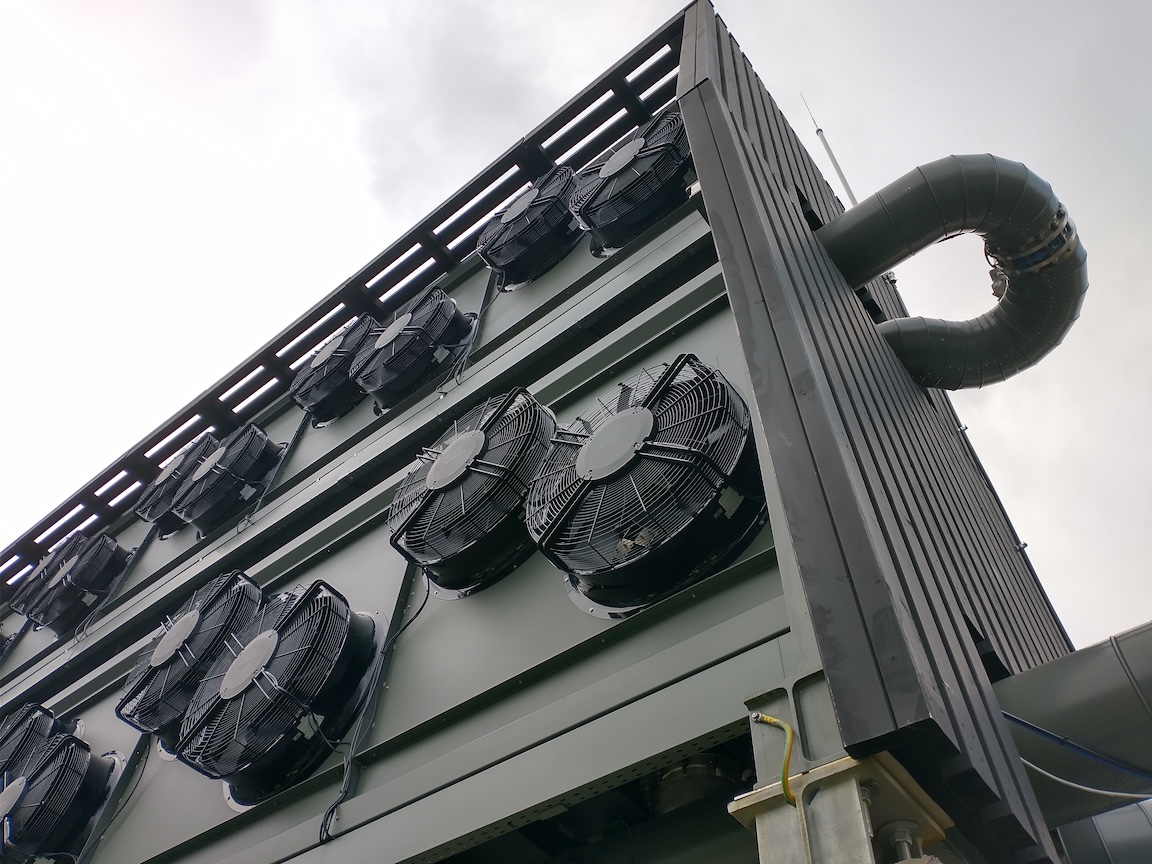
.png)



.png)


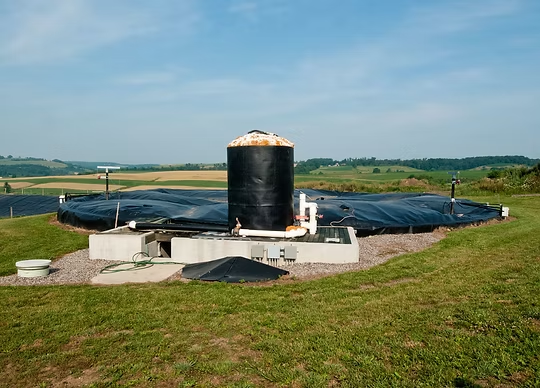
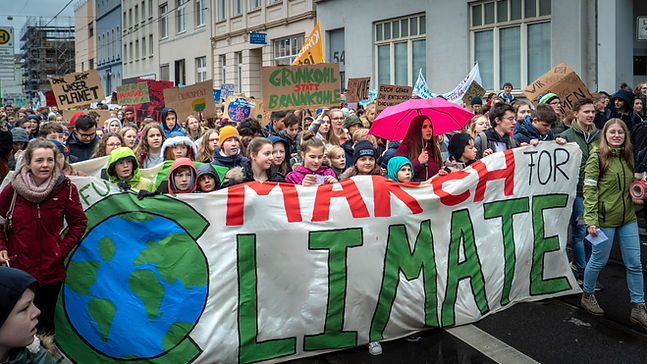



.png)
.png)
.png)
.png)
